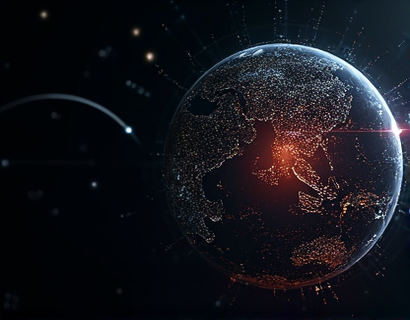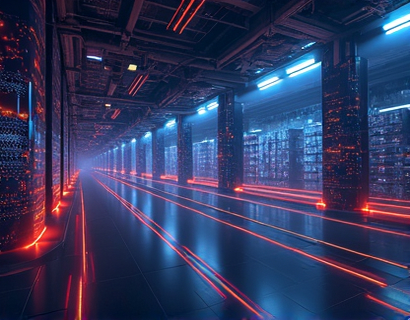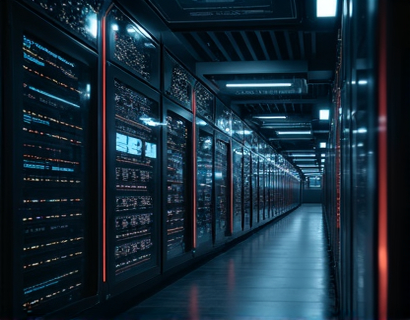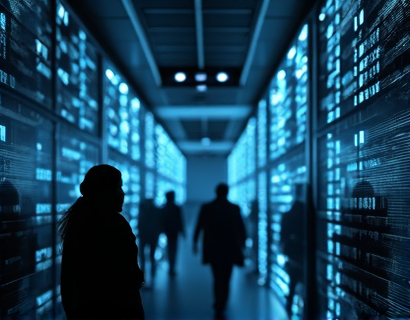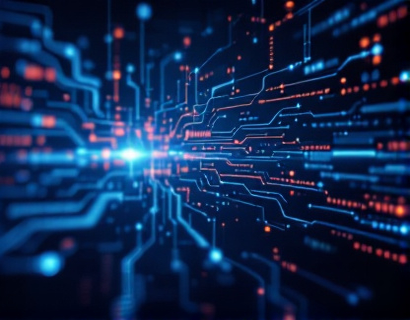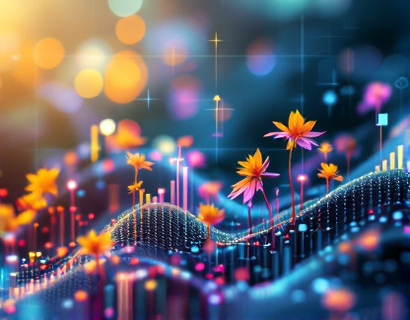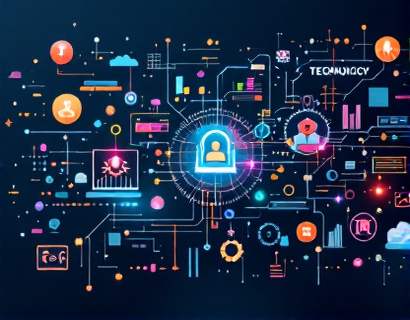Aquaculture Software Solutions: Streamlining Operations for Business Owners and Managers
In the rapidly evolving world of aquaculture, business owners and managers face unique challenges that require innovative solutions to remain competitive and efficient. One of the most impactful advancements in recent years has been the development of specialized software designed to streamline operations, boost productivity, and optimize resource management. This article delves into the transformative power of aquaculture software, exploring how it can revolutionize the way businesses operate and thrive in this dynamic industry.
The Importance of Streamlining Operations in Aquaculture
Aquaculture, the farming of aquatic organisms such as fish, shellfish, and plants, is a complex and resource-intensive industry. Effective management of water quality, feed distribution, health monitoring, and harvest scheduling is crucial for success. Traditional methods often rely on manual processes, which can lead to inefficiencies, errors, and increased operational costs. Specialized software solutions address these issues by automating routine tasks, providing real-time data, and offering insights that enhance decision-making.
Key Features of Aquaculture Software
Aquaculture software is designed with a range of features tailored to the specific needs of aquaculture businesses. These features include:
- Inventory Management: Tracking and managing stock levels, including fish, feed, and equipment, ensuring that resources are used efficiently and waste is minimized.
- Water Quality Monitoring: Continuous monitoring of water parameters such as temperature, pH, dissolved oxygen, and ammonia levels, alerting managers to any deviations that could impact fish health.
- Feed Management: Optimizing feed distribution based on real-time data, reducing waste and ensuring that fish receive the right amount of nutrition at the right times.
- Health Management: Monitoring the health of aquatic organisms, tracking disease outbreaks, and managing treatment protocols to maintain a healthy population.
- Harvest Scheduling: Planning and optimizing harvest times based on growth rates, market demand, and other factors to maximize profits and minimize stress on the fish.
- Reporting and Analytics: Generating detailed reports and analytics to help managers make informed decisions, identify trends, and improve overall operations.
Boosting Productivity with Automation
One of the most significant benefits of aquaculture software is the automation of routine tasks. By automating processes such as data entry, monitoring, and reporting, business owners and managers can focus on strategic decision-making and growth initiatives. This not only saves time but also reduces the risk of human error, leading to more accurate and reliable data. Automation also enables real-time monitoring and alerts, allowing for prompt action when issues arise, thereby preventing potential losses and ensuring optimal conditions for aquatic organisms.
Enhancing Decision-Making with Data Analytics
Data is the backbone of modern business management, and aquaculture is no exception. Specialized software provides robust data analytics tools that help managers gain valuable insights into various aspects of their operations. For instance, by analyzing growth rates, feed conversion ratios, and health metrics, managers can identify areas for improvement and implement targeted strategies to enhance productivity. Predictive analytics can forecast future trends, helping businesses plan for capacity expansion, resource allocation, and market opportunities. This data-driven approach ensures that decisions are based on factual evidence rather than assumptions, leading to more effective and efficient operations.
Optimizing Resource Management
Resource optimization is critical in aquaculture, where water, feed, and energy are significant costs. Aquaculture software helps manage these resources more effectively by providing detailed tracking and reporting capabilities. For example, inventory management features ensure that feed and other supplies are used efficiently, reducing waste and lowering costs. Water quality monitoring helps maintain optimal conditions, reducing the need for frequent water changes and treatments. Energy management tools can monitor and optimize the use of power, leading to cost savings and a smaller environmental footprint. By optimizing resource use, businesses can improve their bottom line and contribute to sustainable practices in the industry.
Improving Fish Health and Welfare
Fish health is a top priority in aquaculture, as sick or stressed fish can lead to reduced growth, higher mortality rates, and increased treatment costs. Aquaculture software includes health management modules that help monitor and maintain the well-being of aquatic organisms. These modules track health metrics, alert managers to potential issues, and provide guidelines for treatment and prevention. By proactively managing health, businesses can ensure a robust and resilient stock, leading to better growth rates and higher profits. Additionally, maintaining high welfare standards can enhance the reputation of the business, appealing to environmentally conscious consumers and regulatory bodies.
Scalability and Flexibility
Aquaculture businesses range from small-scale operations to large industrial facilities, each with unique requirements and challenges. Specialized software solutions are designed to be scalable and flexible, adapting to the specific needs of different operations. Whether a business is just starting out or looking to expand, the software can grow with the business, providing the necessary tools and features at each stage of development. This flexibility ensures that businesses can invest in software that will support their long-term goals and adapt to changing market conditions.
Integration with Other Systems
Modern aquaculture software is often designed to integrate seamlessly with other systems and technologies used in the industry. This includes integration with hardware such as sensors and automated feeding systems, as well as with third-party software for accounting, customer relationship management, and supply chain management. Integration enhances the overall functionality of the software, providing a comprehensive platform that streamlines multiple aspects of business operations. This interconnected approach ensures that all data is synchronized and accessible, leading to more cohesive and efficient management.
Case Studies and Success Stories
Numerous aquaculture businesses have successfully implemented specialized software solutions, achieving significant improvements in various areas. For example, a mid-sized fish farm in Asia reported a 20% reduction in feed costs and a 15% increase in growth rates after implementing an advanced feed management system. Another operation in Europe used water quality monitoring software to reduce water changes by 30%, leading to substantial cost savings and a smaller environmental impact. These success stories demonstrate the tangible benefits of adopting aquaculture software, providing concrete evidence of its value and effectiveness.
Challenges and Considerations
While the benefits of aquaculture software are clear, there are several challenges and considerations that business owners and managers should be aware of. Initial setup and training can be time-consuming and may require a learning curve. It is essential to choose software that is user-friendly and provides comprehensive support to ensure a smooth transition. Additionally, data security and privacy are critical concerns, especially when dealing with sensitive information. Businesses should select software providers that prioritize security and comply with relevant regulations.
Future Trends in Aquaculture Software
The aquaculture industry is continually evolving, and software solutions are no exception. Future trends include the integration of artificial intelligence and machine learning to further enhance predictive analytics and automation. IoT (Internet of Things) technologies will continue to play a significant role, enabling more sophisticated monitoring and control systems. As the industry moves towards greater sustainability, software will likely incorporate more eco-friendly features and tools to help businesses reduce their environmental impact. Staying ahead of these trends will be crucial for businesses looking to maintain a competitive edge.
Conclusion
Specialized aquaculture software offers a powerful toolset for business owners and managers looking to streamline operations, boost productivity, and optimize resource management. By automating routine tasks, providing real-time data, and offering advanced analytics, this software transforms the way aquaculture businesses operate. The benefits are clear: improved efficiency, reduced costs, enhanced fish health, and a stronger market position. As the industry continues to grow and evolve, embracing these technological advancements will be essential for success. Whether you are a small-scale operator or a large-scale producer, investing in the right aquaculture software can be a game-changer for your business.









